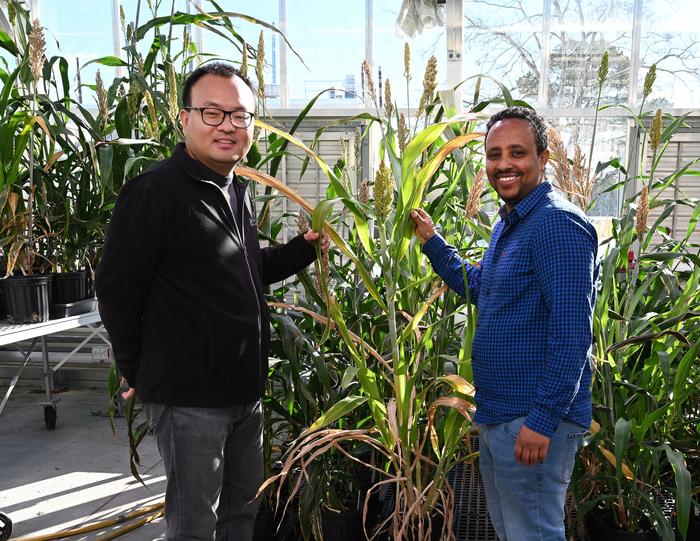The University of Pittsburgh’s Alexander Deiters uses light to manipulate genes.
The approach developed by Deiters generates a Cas9 protein that is functionally inactive, so called “caged,” until the cage is removed through light exposure, activating the enzyme and thereby activating gene editing.
“This method may allow people to engineer genes in cells or animals with better spatial and temporal control than ever before,” Deiters says. “Previously, if you wanted to knock out a gene, you had limited control over where and when it would happen. Engineering a light switch into Cas9 provides a more precise editing tool. You can say, ‘In this cell, at this time point, is where I want to modify the genome.’”
Deiters, a professor of chemistry, and his colleagues at the University of North Carolina at Chapel Hill are the first to achieve this. Their was recently published in the Journal of the American Chemical Society.
The improved control over the time and location at which a gene will be manipulated, Deiters says, might help eliminate “off-target effects” and could potentially enable genetic studies with unprecedented resolution.
For more information, visit http://www.news.pitt.edu/news/altering-genes-aid-light.












